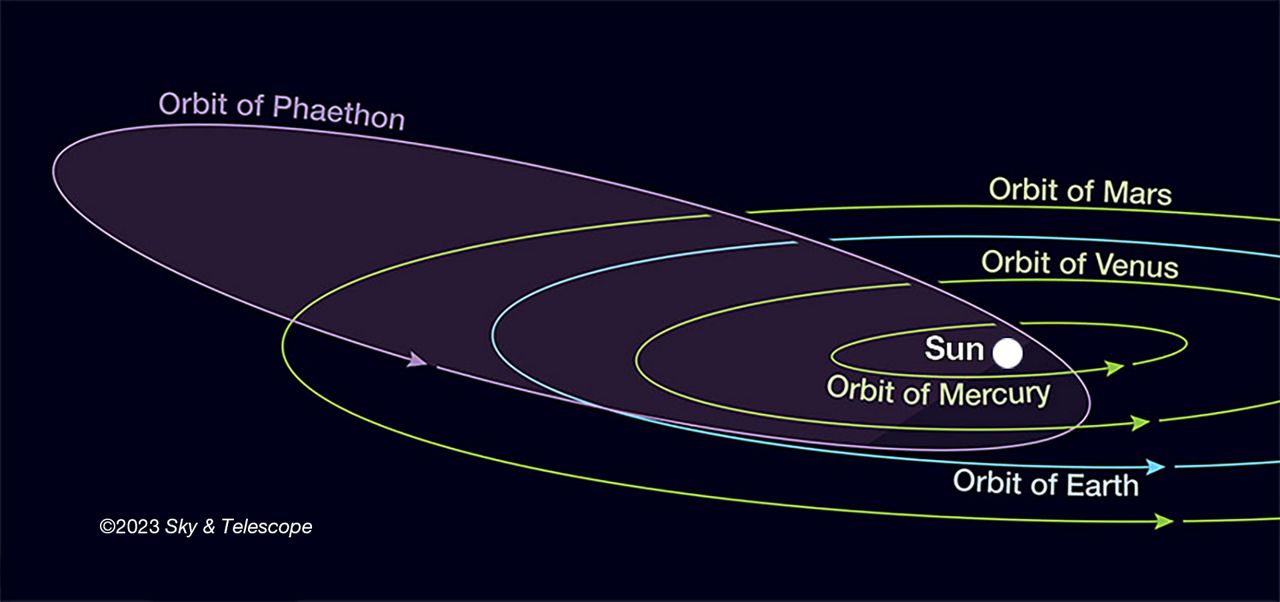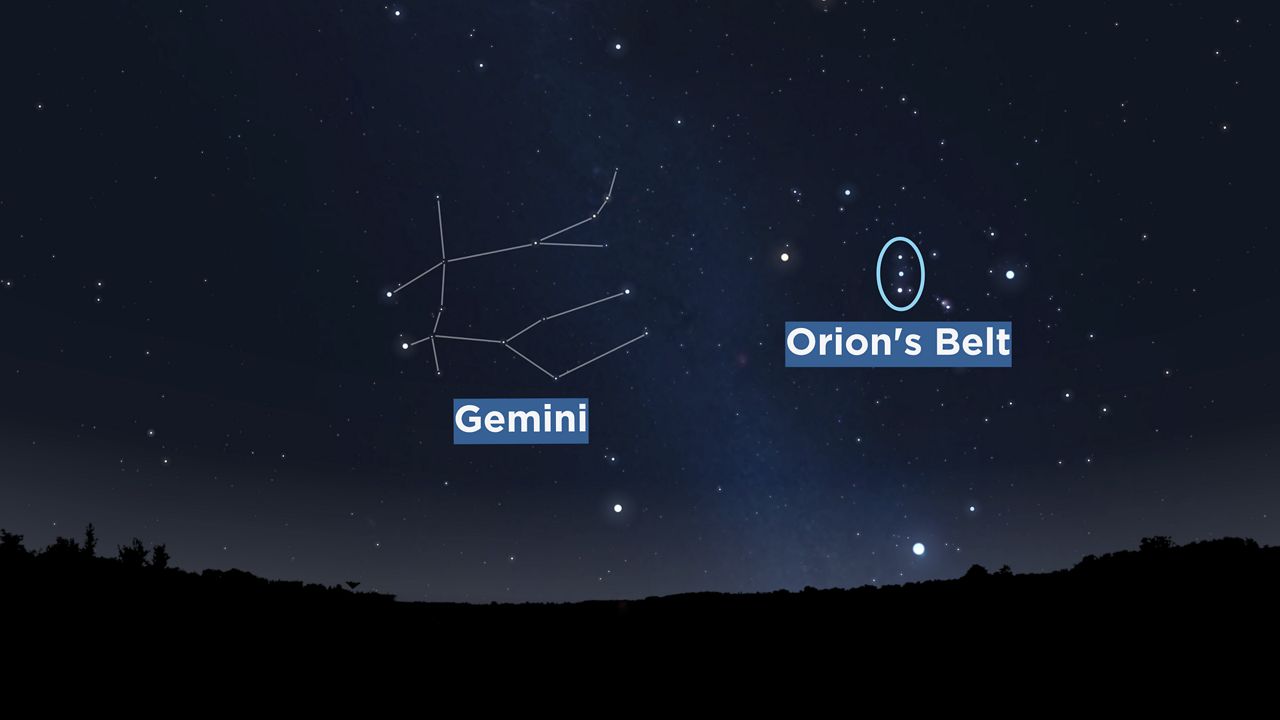One of the more active meteor showers of the year peaks this week.
The Geminid meteor shower peaks during the day on Dec. 14, so Wednesday and Thursday night are the best times to see it.
The Geminids produce up to 120 meteors per hour in ideal conditions, but you shouldn’t plan to see a couple every minute. Still, this showing has bright and fast meteors zooming along at 79,000 mph, according to NASA. We won’t have to battle bright moonlight, as the sliver crescent moon is below the horizon all night.
“Although the Perseids, which arrive every August, are better known, the Geminids usually put on a better show,” says Diana Hannikainen, observing editor at Sky & Telescope. “Just be patient as your eyes adapt to the darkness and don’t give up too soon.”
Get away from city lights and let your eyes adjust to the darkness for at least 15 minutes (the longer, the better) without looking at your cellphone at any point. And dress for the weather. This sure isn’t a warm summer night of skygazing.
The constellation Gemini rises in the east a couple hours after sunset and will become highest in the sky after midnight, setting in the west after the sun comes up. While the best viewing will happen between midnight and dawn, you might spot a handful of meteors in the evening.
View of the eastern sky around 9 p.m. local time. (Adapted from Stellarium)
“The few that you may see early in the evening will make longer, dramatic trails, continuing for a few seconds as they graze sideways through Earth’s uppermost atmosphere,” according to Sky & Telescope.
Remember, though, that the meteors will appear to originate from the constellation Gemini, but you’re better off not looking directly in that spot. The longer meteor trails will appear elsewhere in the sky.
The Geminid meteors are unusual because they’re debris from an asteroid, not a comet. Just 3 miles wide, 3200 Phaethon was discovered in 1983, over a century after it began producing the Geminids. It orbits the sun every 1.4 years, heating up to 1,300 degrees on its closest approach–and every December, the Earth plows through the tiny scorched bits that break away.

Exactly why this asteroid has comet-like behavior is still a mystery, but both NASA and researchers from the University of Helsinki have some ideas.
Our team of meteorologists dives deep into the science of weather and breaks down timely weather data and information. To view more weather and climate stories, check out our weather blogs section.

